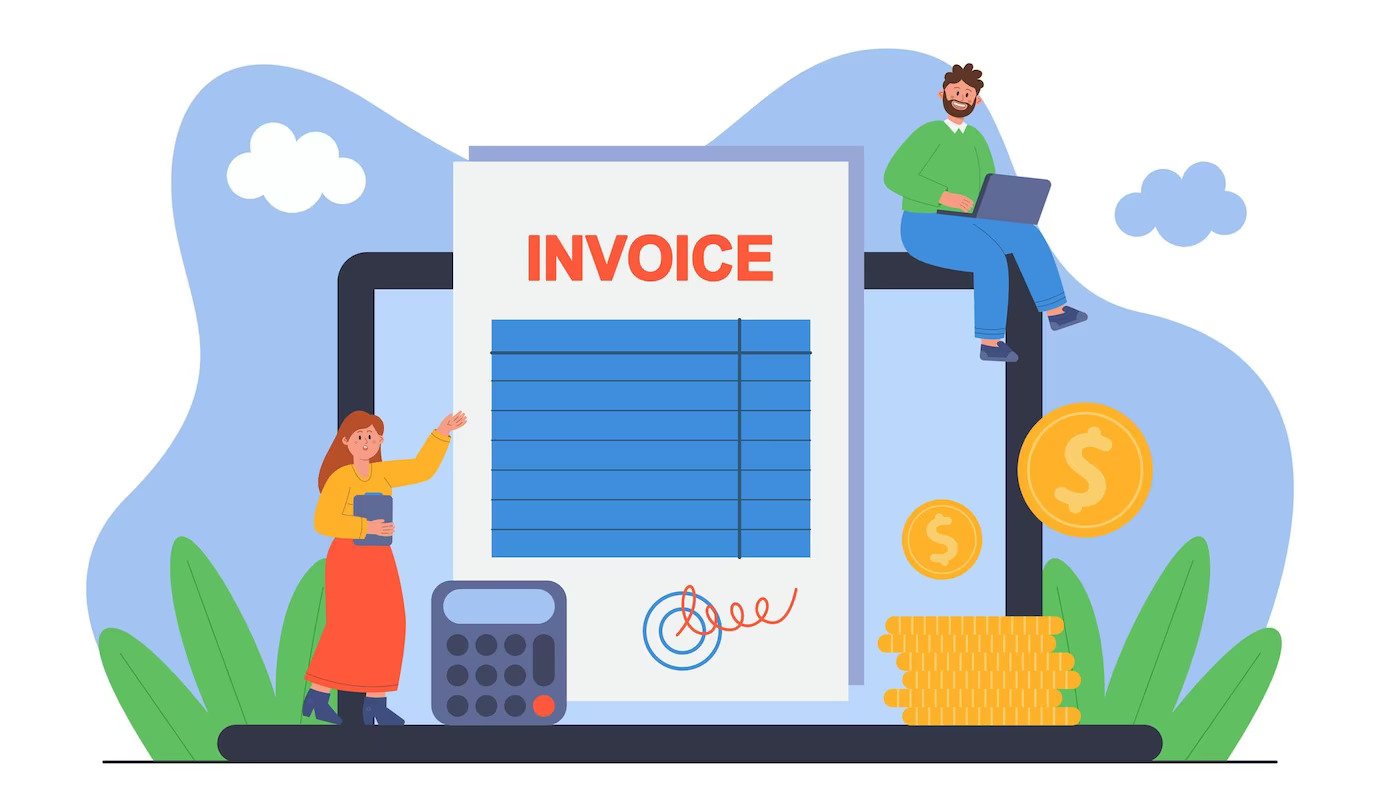A business plan is the cornerstone of your business strategy. It’s a comprehensive document that outlines your business’s mission, objectives, strategies, and financial projections.
A well-crafted business plan is not just a road map; it’s a dynamic tool for attracting investors, lenders, and guiding your business towards success. Anyone looking at getting business grants from investors needs it.
In this in-depth guide, we’ll explore the seven key steps to creating a business plan that can set your entrepreneurial journey on a path to success.
Why Must Your Small Business Have A Business Plan:
- Strategic Direction and Focus: It provides your business with a well-defined path, fostering focus on goals and strategies.
- Securing Financing: Lenders and investors require a business plan to assess the viability and profitability of your venture.
- Attracting Stakeholders: A meticulously designed plan can entice partners, key employees, and other stakeholders who want to align with your vision.
- Effective Management Tool: It functions as a practical management tool, enabling you to monitor your progress, make informed decisions, and adapt to changing circumstances.
- Anticipating and Mitigating Challenges: A well-crafted plan aids in foreseeing potential challenges, allowing you to develop contingency plans.
7 Steps To Creating A Winning Business Plan
Step 1: Executive Summary
The executive summary is the opening chapter of your business plan, but it’s far more than just an introduction.
It provides a concise, high-level overview of your business, including its mission, goals, and unique selling points.
This section must be compelling and convincing, as it’s often the first thing potential investors and stakeholders read.
Step 2: Company Description
In the company description section, provide a comprehensive overview of your business.
Include details about your business’s history, legal structure, location, and the problem or need your products or services address in the market.
This is your opportunity to paint a vivid picture of your business and its role in the industry.
Step 3: Market Research
Market research is the foundation of your business plan. This step involves delving deep into your industry, target market, and competitors.
Provide data on market size, trends, demographics, and your unique value proposition.
Market research should not just identify your target audience but also uncover opportunities and challenges in your chosen market.
Step 4: Organizational Structure and Management
This section is all about your team and how your business is structured.
Detail your company’s organizational structure, introduce key team members, and explain their roles and responsibilities.
Highlight the qualifications, experience, and expertise that make your team uniquely suited for success.
Step 5: Products or Services
Here, you offer a comprehensive description of the products or services your business provides. Include details about their features, benefits, and how they meet customer needs.
Describe what sets your offerings apart from the competition and how they fulfill market demands.
Step 6: Marketing and Sales Strategies
In the marketing and sales strategies section, outline your approach to promoting and selling your products or services.
Cover pricing strategies, promotion plans, distribution methods, and sales tactics. Explain how you intend to reach your target audience and convert prospects into loyal customers.
Step 7: Financial Projections
The final step is to create detailed financial projections for your business. Develop income statements, balance sheets, and cash flow statements.
Highlight essential financial metrics, such as projected revenue, expenses, profitability, and expected growth.
Financial projections are vital for showing investors and lenders that your business is not just a great idea but a viable and profitable venture.
Conclusion
In conclusion, creating a business plan is a comprehensive process that encompasses seven key steps.
Each step plays a crucial role in developing a plan that not only guides your business but also attracts stakeholders and investors.
By understanding and meticulously following these steps, you’ll be well-equipped to create a business plan that sets your entrepreneurial journey on a path to success.













